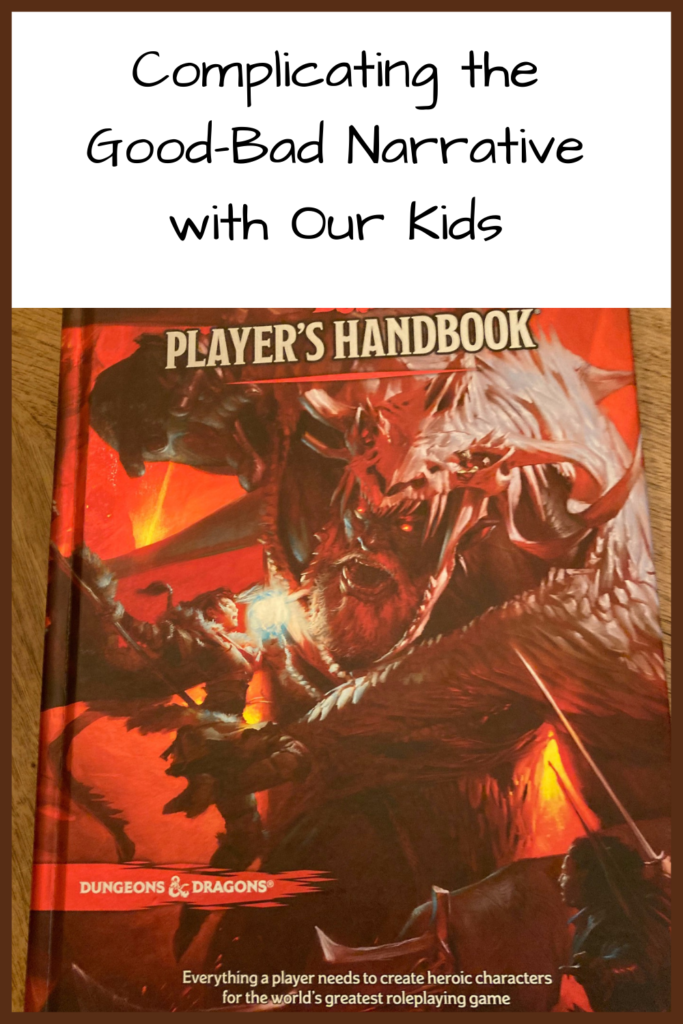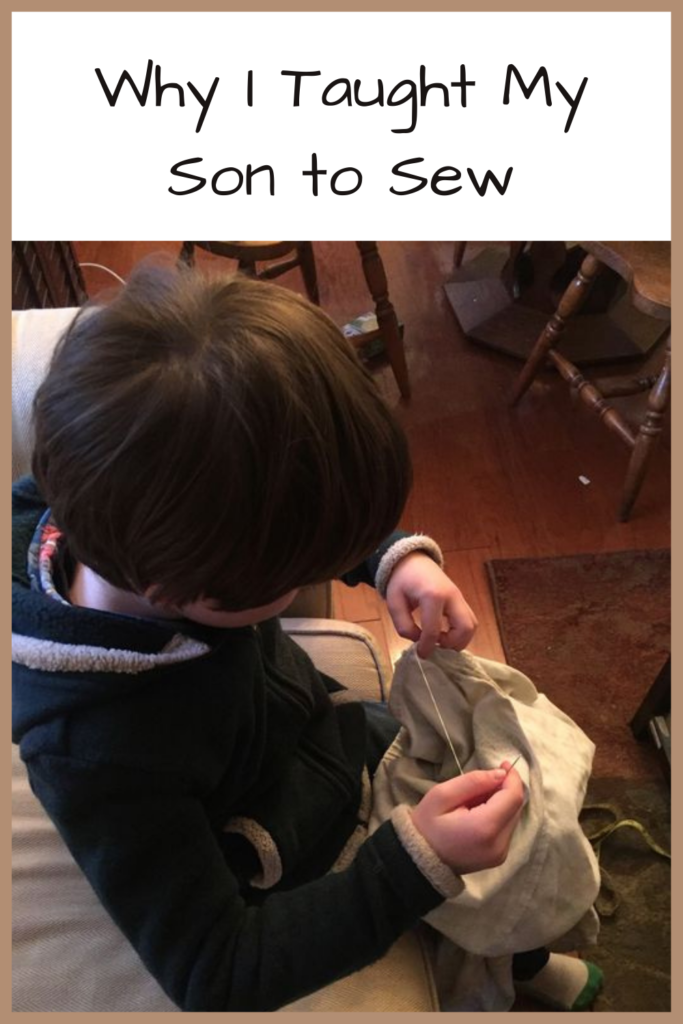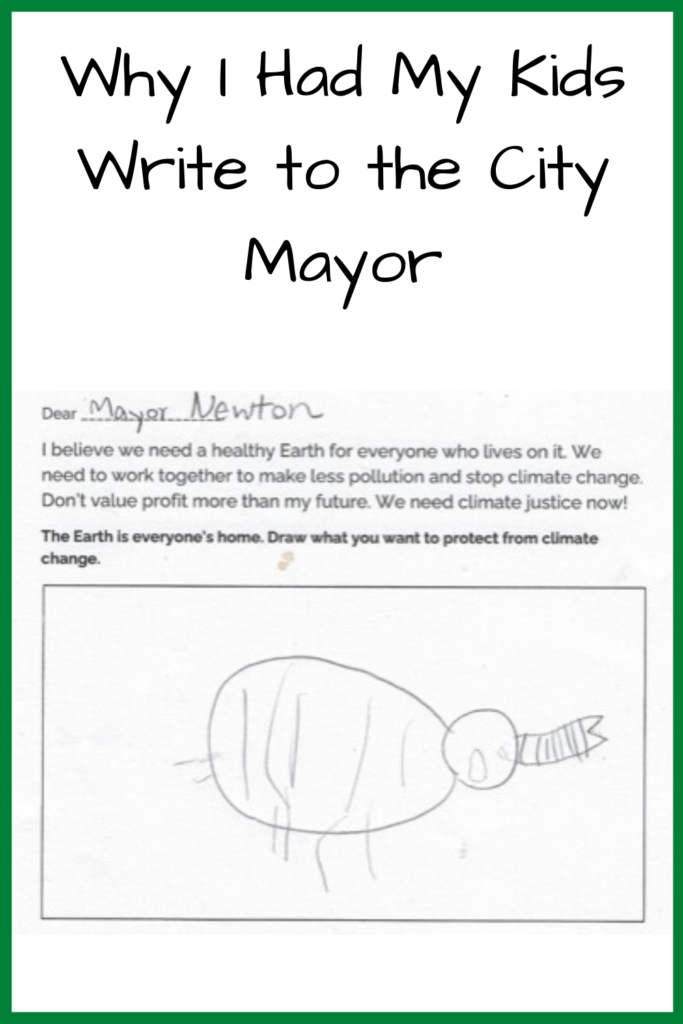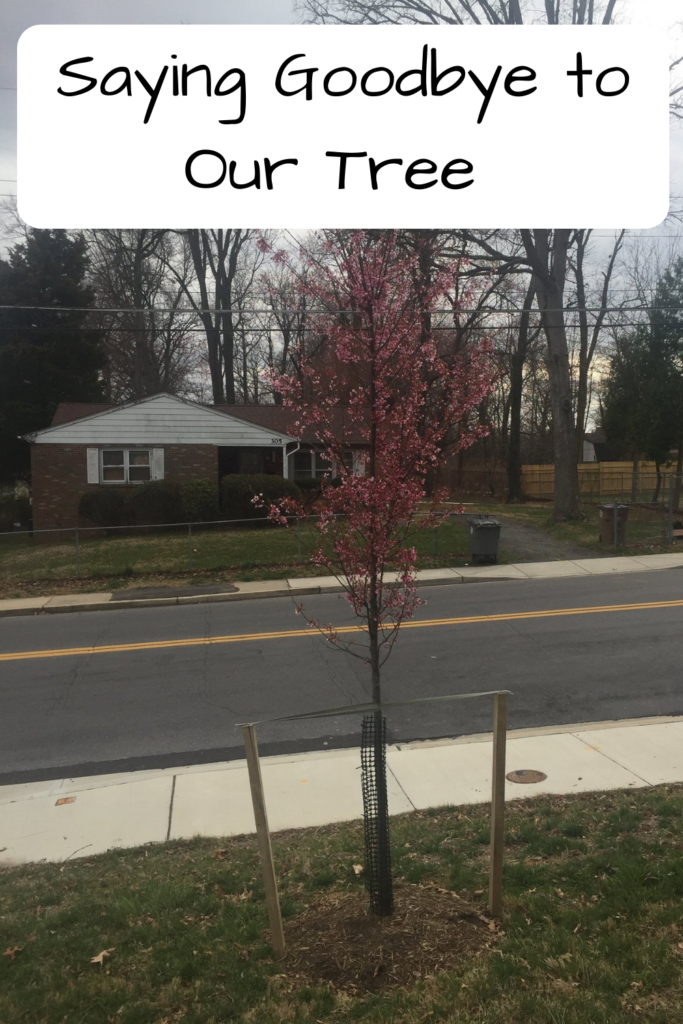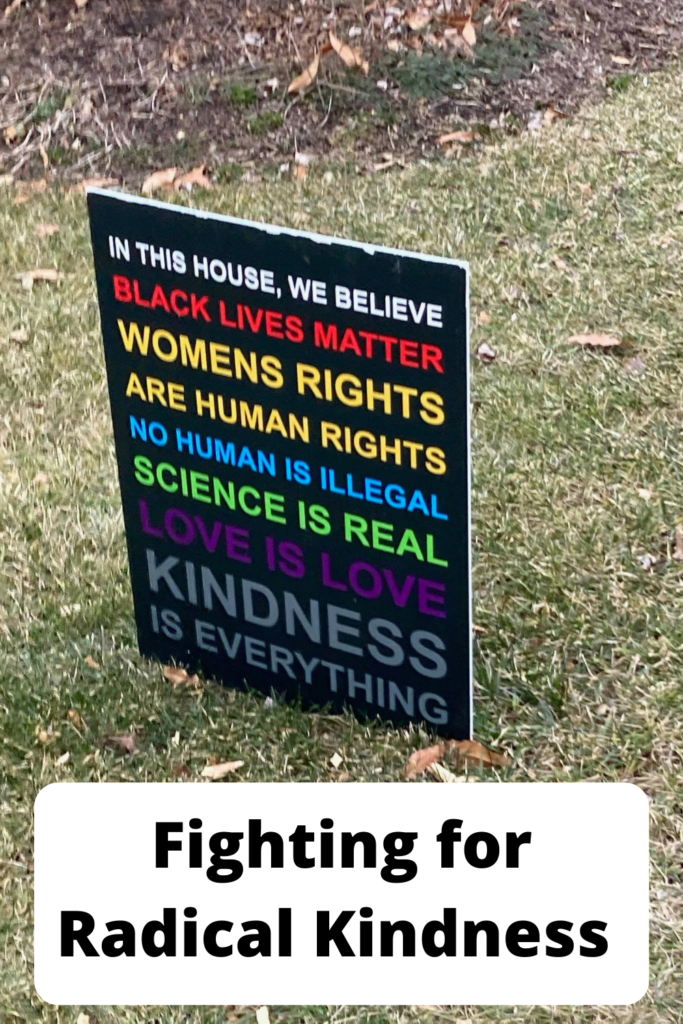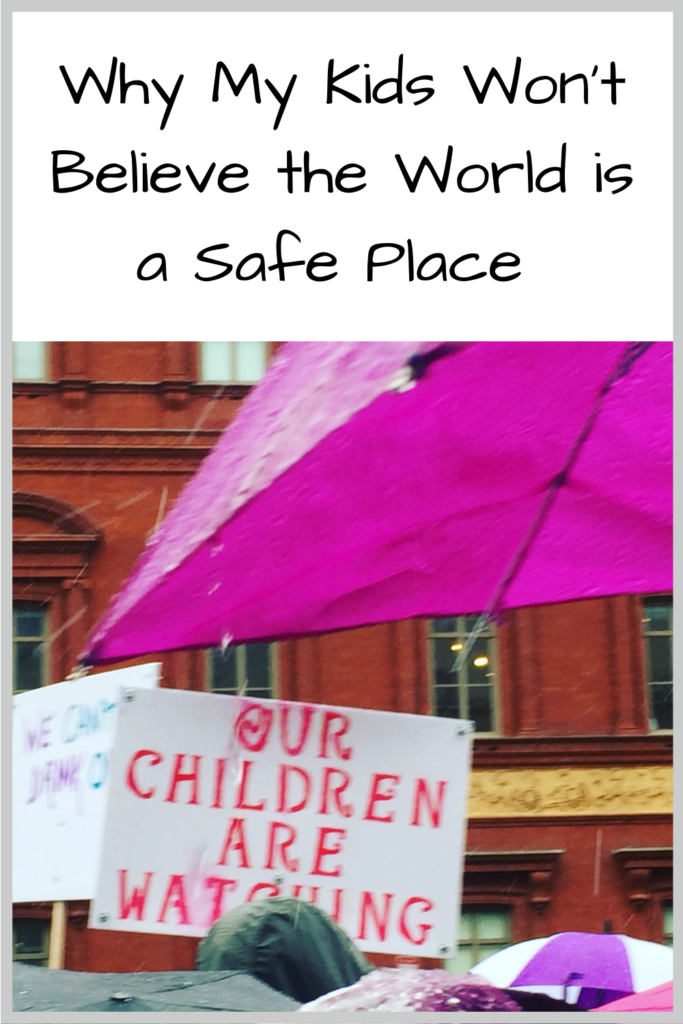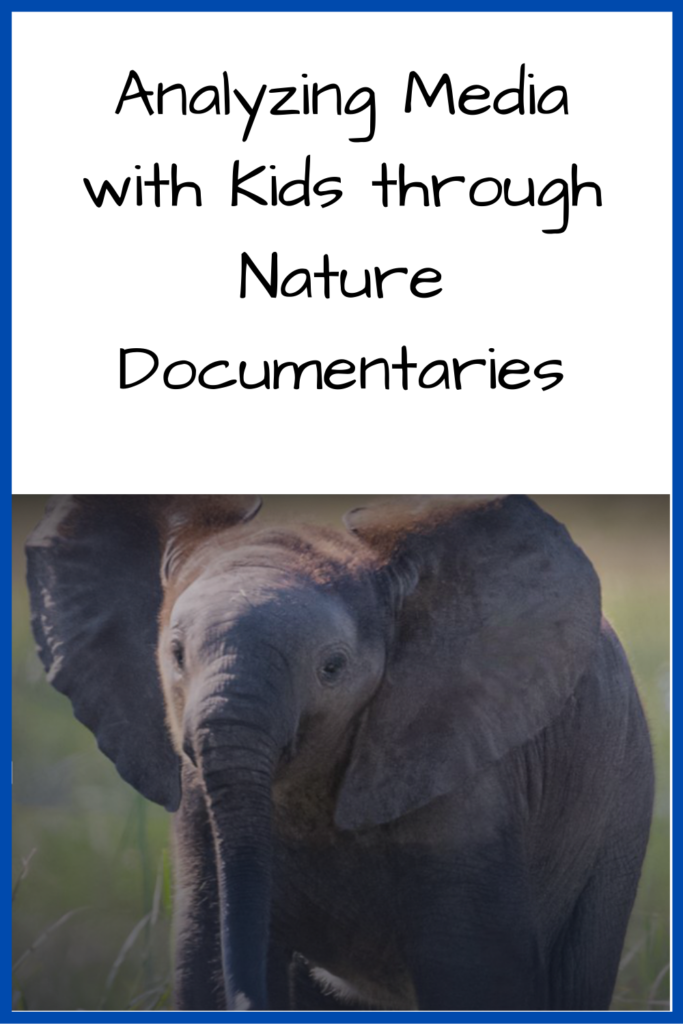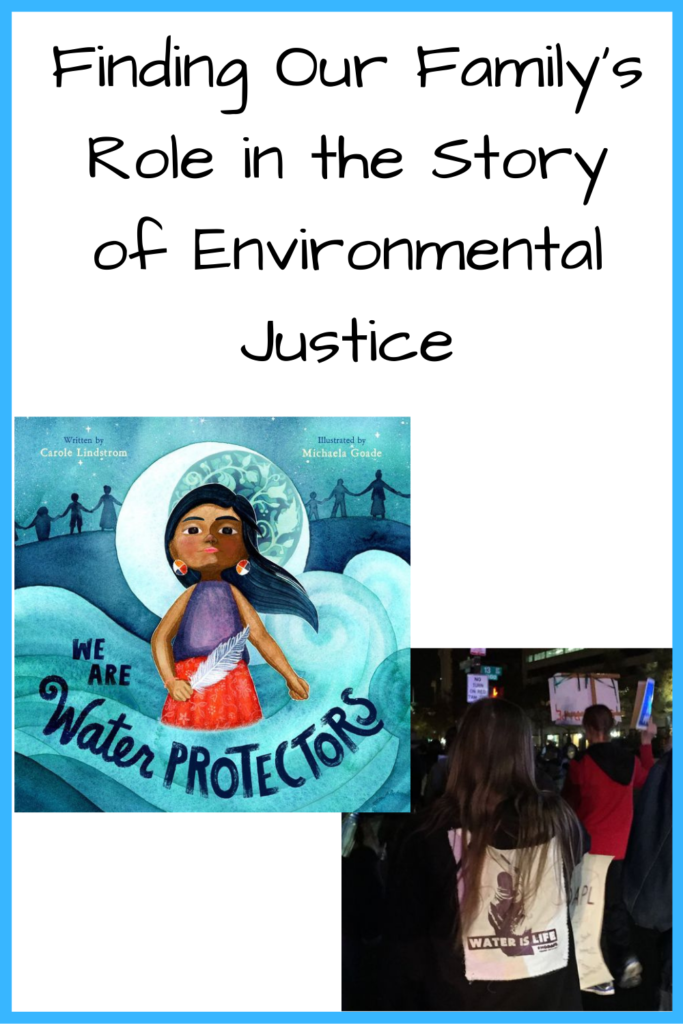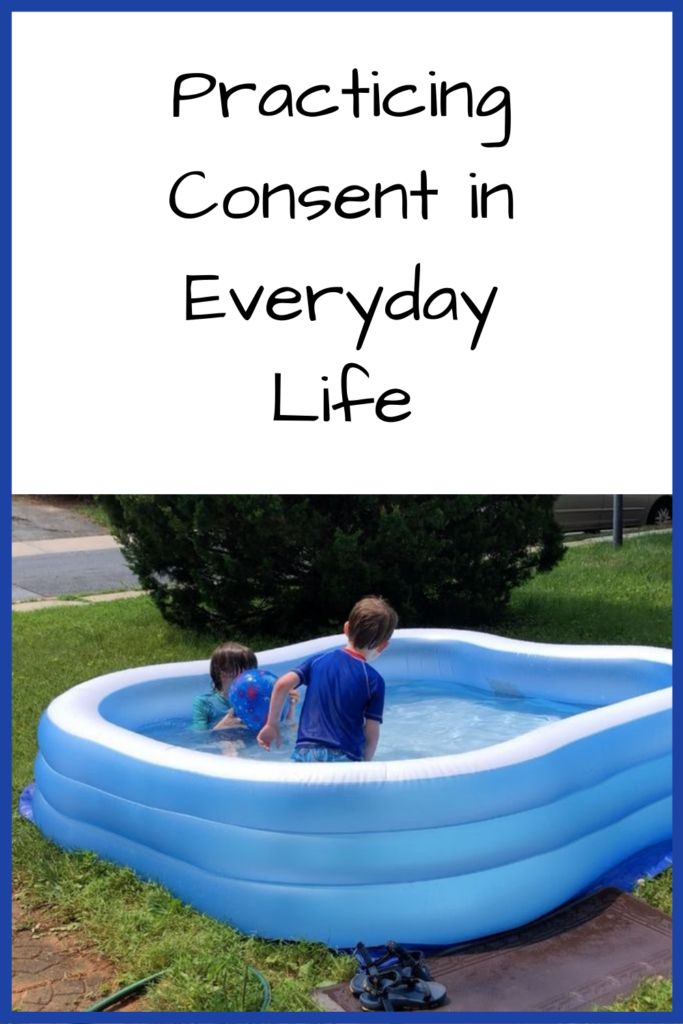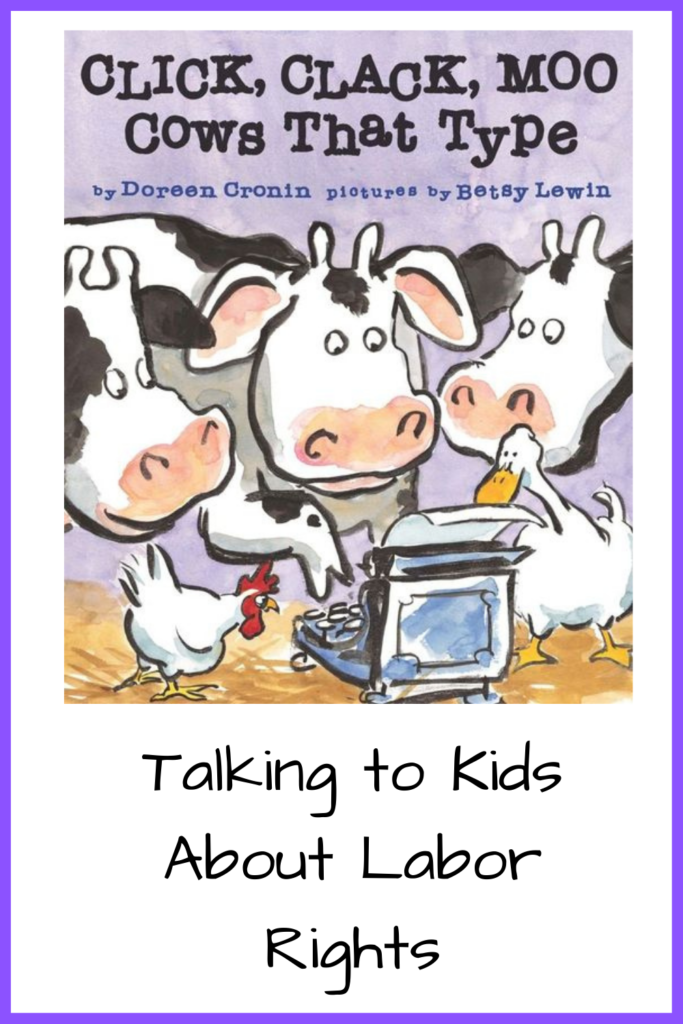
“And make sure not to get Kelloggs,” I commented to my husband as we were putting together the grocery list.
“Why not Kellogg’s?” my older son said, looking up from his book.
“Well, the people who work for Kelloggs are on strike. That means they aren’t working because they want better work conditions, like better pay. Remember in Click Clack Moo: Cows that Type?” I explained, referencing a hilarious children’s book. In it, the cows and chickens go on strike and refuse to give the farmer eggs and milk until he gives them electric blankets. They use an old typewriter to express their concerns. We’ve read it a bunch of times.
